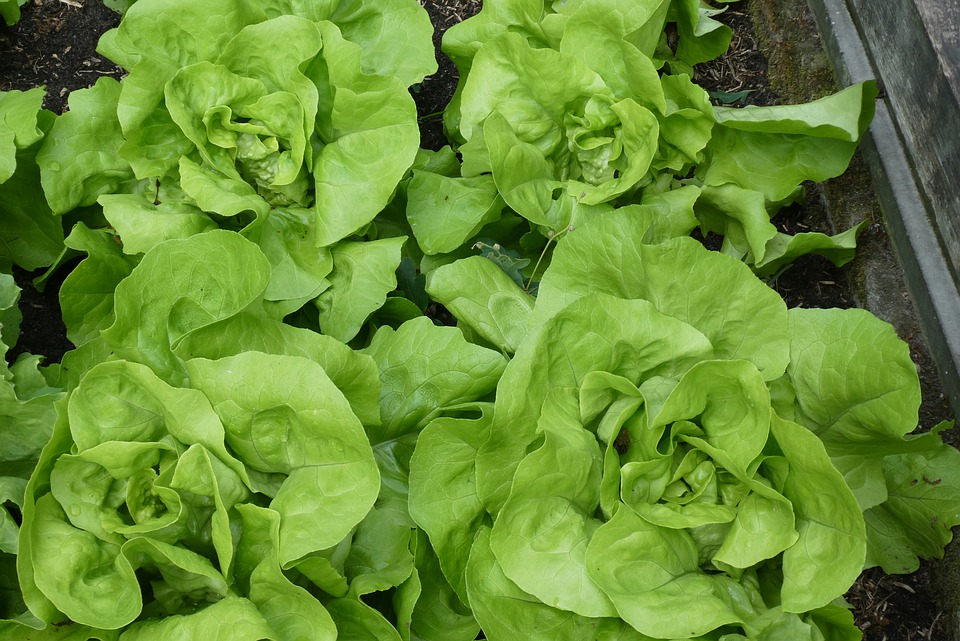
Lesson:
3/3
Botany on Your Plate
Place of Learning:
Grade Level:
Summary:
This lesson builds on past content students learned about plant parts and functions. The activities review each part and then invite students to taste a new vegetable or fruit growing in the garden.
Student Learning Goals & Objectives:
Students will:
- Name and label the functions of each part of a plant.
- Harvest produce and assemble ingredients for a one-bite garden tasting
Materials & Prep:
- Edible seasonal plant parts from each category: roots, stems, leaves, flowers, fruits, and seeds
- Knives and chopping boards for students
- Collecting and Mixing Bowls
- Garden Journals
Procedure Steps:
1
Activity Preparation
- Draw the six plant parts on the whiteboard or prepare a laminated diagram that is large enough to show a full class (this is helpful preparation for future lessons and will save on time).
- Gather the plant parts from all six categories and prepare them in bowls (this can also be done as part of the activity).
- For snack preparation, prepare additional ingredients for students to add to their one-bite tasting to make a version of a garden burrito. Ex: boil beans and sauté leafy green stems, and prepare tortillas to wrap the plant part ingredients in. Alternatively, the leaf can act as the tortilla.
2
Reviewing Plant Parts and Their Functions
- Review plant parts and functions.
- Show students a plant with all six parts: roots, stems, leaves, flowers, fruits, and seeds (bonus if it is a legume with nitrogen nodules which will be covered in another 5th grade lesson).
- Invite students to obverse closely and dissect with their finger nails the different flowing parts of the samples.
- Students share descriptions of the parts of the plants.
- Students answer each question as a group or in their garden journals.
- Ask:
- What is the purpose of roots? Roots hold the plant in the ground and take in water.
- What is the purpose of stems? Stems move water up the plant and move sugar down the plant. They also hold the plant upright.
- What is the purpose of leaves? Leaves turn the sugar into plant food through their stomata, which get energy from the sun and absorb carbon dioxide. They then breathe out the energy in the form of oxygen.
- What is the purpose of flowers? Flowers attract pollinators with theirpollen. The flowers also turn into a fruit.
- What is the purpose of fruits? Fruits hold the seeds and often taste sweet, which attracts animals. The animals eat the fruits and disperse the seeds through defecation.
- What is the purpose of seeds? Seeds are the offspring of the plant that can be planted to grow new plants.
- What is the purpose of nitrogen nodules? Nitrogen nodules store the nitrogen that, with the help of bacteria, the plant draws from the air. Not all plants store nitrogen in this way. Peas, alfalfa, and beans are especially good at this.
3
Harvesting Plant Parts for Burritos
- Review appropriate techniques for harvesting from the garden.
- Students pair up to receive containers/bowls to harvest produce according to the four groups:
- Green leaves from lettuces
- Edible flowers
- Carrots
- Fruits
- Set up the garden burrito ingredients like an assembly line. Demonstrate how to make garden burritos with the items they harvested and the items you had prepared:
- Begin with a lettuce leaf (Leaves), fill the leaf with shredded carrots (Roots), chopped celery or sautéed leafy green stems (Stems), basil and fennel flowers (Flowers), chopped tomatoes (Fruit), and hummus or sunflower butter (Seeds).
- Ask:
- What did you pick and why?
- What’s one nutritional value or each?
4
Planting for Next Season
- It’s not quite time to start warm-weather seeds outside, but it’s time to start seeds in the greenhouse for plants that like to grow in warm weather.
- Ask:
- What kind of plants do we plant in cool weather? (Plants that tend to grow well in cool weather are plants that we eat the leaves and roots of, although root crops will grow faster in the warmer months.)
- What kind of plants do we plant in warm weather, and why? (Plants that grow in the summer tend to be more colorful, and we eat their seeds or fruits.)
- Students share some plants that like cool weather:
- Lettuce
- Kale
- Collard greens
- Swiss chard
- Cabbage
- Spinach
- Celery
- A couple of exceptions to the leaf rule:
- Broccoli and cauliflower (We eat the closed flowers.)
- Fava beans (This is the only bean that grows well in winter!)
- Sweet peas
- Roots and bulbs, like carrots, beets, onions, and turnips (Although most will grow faster in warmer months.)
5
Student Reflection
- What are other traits that roots, stems, leaves, flowers, fruits, and seeds have?
English Language Learning (ELL) Focus: Verbs
- Plants store nitrogen. This plant is storing nitrogen.
- Flowers house seeds. These flowers are housing seeds.
- We plant foods in our garden. We are planting foods in our garden.
Academic Standards
Next Generation Science Standards
Crosscutting Concepts
Patterns
Patterns in the natural and human designed world can be observed, used to describe phenomena, and used as evidence to support an explanation.
Disciplinary Core Ideas
LS1.A
Structure and Function: All organisms have external parts. Plants have different parts (roots, stems, leaves, flowers, fruits) that help them survive and grow. Different animals use their body parts in different ways to see, hear, grasp objects, protect themselves, move from place to place, and seek, find, and take in food, water and air.
California Academic Content Standards
Health
8.1.N
Support others in making positive food and physical activity choices.
Contributors:
This lesson is part of the Berkeley Unified School District's Gardening and Cooking Program curriculum.




